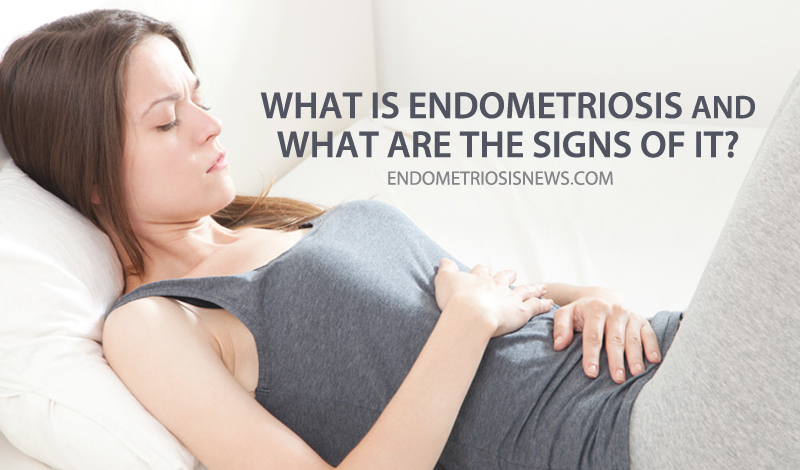According to Xposé.ie, endometriosis is an excruciating condition that affects millions of women all over the world and most of them aren’t even aware they’re suffering from it. But what exactly is endometriosis and what are its signs? What should you be aware of?
Lately, many celebrities have been openly speaking about living with the condition, like Whoopi Goldberg, Susan Sarandon, Lena Dunham or Halsey. Marilyn Monroe, Julianne Hough and Dolly Parton are also women living or that have lived with this disease.
Endometriosis is a chronic disease and according to the Endometriosis Foundation, it affects around six million women just in the United States alone, and another two million in the United Kingdom. The biggest problem is that many women do not receive an immediate and correct diagnosis; some of them live and suffer with the disease for up to eight years until they actually get an accurate diagnosis.
But let’s try to understand what endometriosis is: a disease of the female reproductive system that causes tissue usually found inside the uterus to grow outside the uterus. The disease is among the most common gynecological conditions and its primary symptoms include infertility and pain in the pelvic cavity, including on or under the ovaries, on the fallopian tubes, behind the uterus, on the tissues that hold the uterus in place, on the bowels or bladder, and in rare cases on the lungs or in other parts of the body.
The main endometriosis symptoms you should be aware of are pain and infertility. Additional symptoms are painful menstrual cramps, pain during or after sex, pain in the intestine or lower abdomen, painful bowel movements or painful urination during menstrual periods, heavy menstrual periods, digestive or gastrointestinal symptoms similar to a bowel disorder, as well as fatigue, tiredness, or lack of energy.
Endometriosis signs and symptoms are pretty similar for all women, however pain is the main symptom, and pelvic pain is one of the primary endometriosis signs in 75% of women, while fertility problems are related to endometriosis in 50% of the cases.
To learn more about endometriosis go to: http://bit.ly/learnEndometriosis
Read the full and original article here: http://bit.ly/24UJToY

